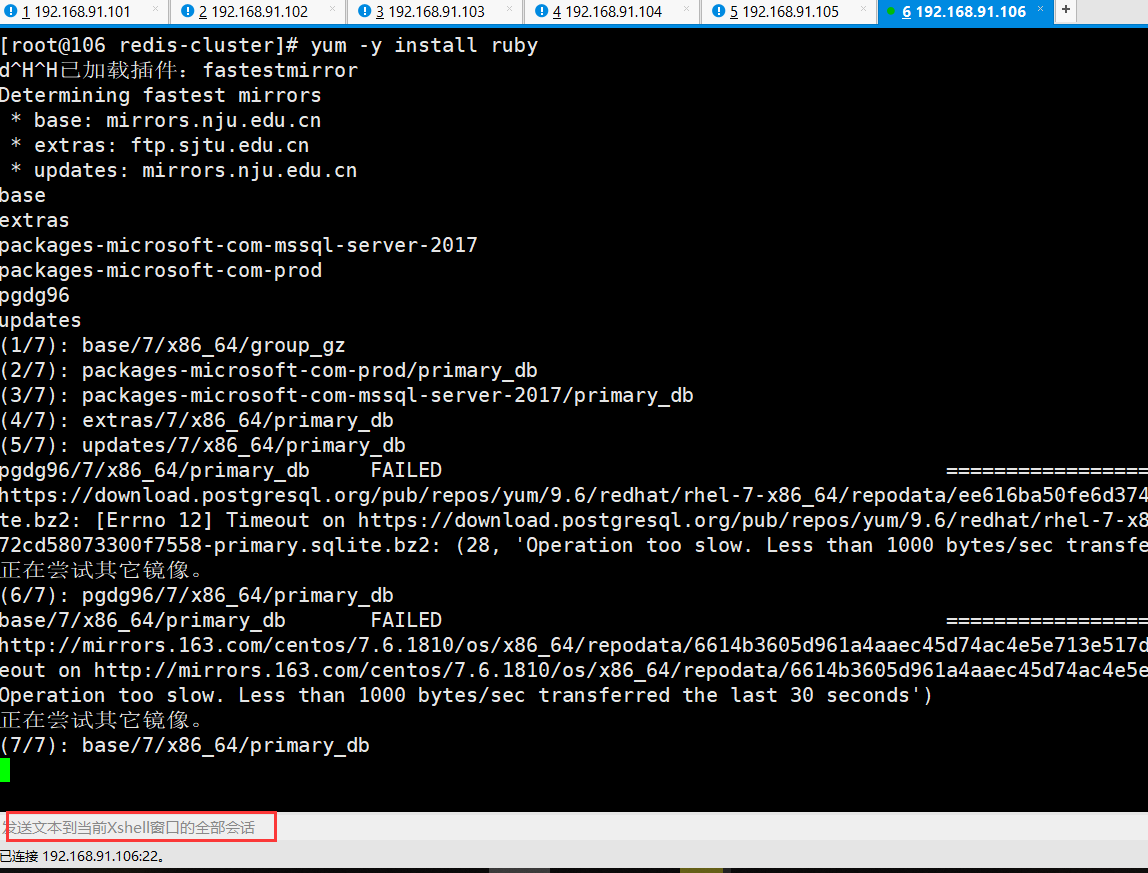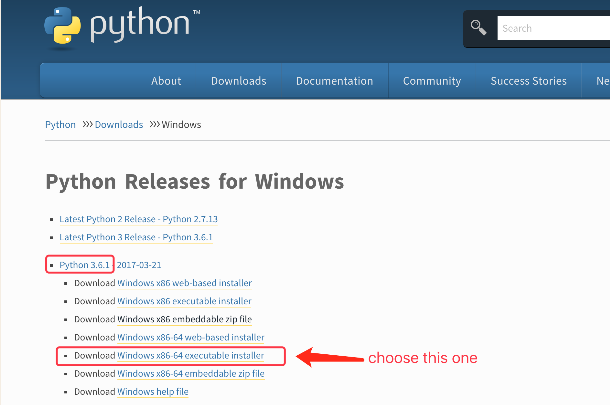我是一个铁杆新手试图为我的应用程序实现缓存.
我安装了memcached并在我的development.rb中配置它,如下所示:
我安装了memcached并在我的development.rb中配置它,如下所示:
config.action_controller.perform_caching = true config.cache_store = :mem_cache_store
我有一个控制器ProductsController,它在登录时显示用户特定的产品.
class ProductsController < ApplicationController
caches_action :index,:layout => false
before_filter :require_user
def index
@user.products
end
end
The route for index action is: /products
问题是,当我登录时
1)用户A第一次,rails命中我的控制器并缓存产品动作.
2)我注销并以用户B身份登录,它仍以用户A身份登录并显示用户A而非用户B的产品.
它甚至没有击中我的控制器.
关键可能是路由,在我的memcached控制台中,我看到它是基于相同的密钥获取的.
20 get views/localhost:3000/products 20 sending key views/localhost:3000/products
动作缓存不是我应该使用的吗?我如何缓存和显示用户特定的产品?
谢谢你的帮助.
解决方法
第一个问题是,您的before_filter for require_user是在操作缓存之后,因此不会运行.要解决此问题,请使用此控制器代码:
class ProductsController < ApplicationController
before_filter :require_user
caches_action :index,:layout => false
def index
@products = @user.products
end
end
其次,对于动作缓存,您执行的操作与页面缓存完全相同,但在运行过滤器后,您的@ user.products代码将无法运行.有几种方法可以解决这个问题.
首先,如果需要,可以根据传递给页面的参数缓存操作.例如,如果传递user_id参数,则可以基于该参数进行缓存,如下所示:
caches_action :index,:layout => false,:cache_path => Proc.new { |c| c.params[:user_id] }
其次,如果您只想缓存查询而不是整个页面,则应完全删除操作缓存并仅缓存查询,如下所示:
def index
@products = Rails.cache.fetch("products/#{@user.id}"){ @user.products }
end
这可以帮助您开始为每个用户提供单独的缓存.


